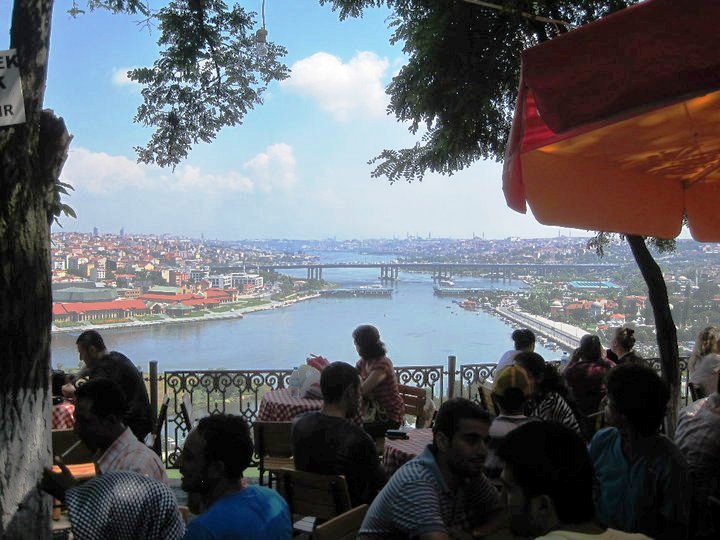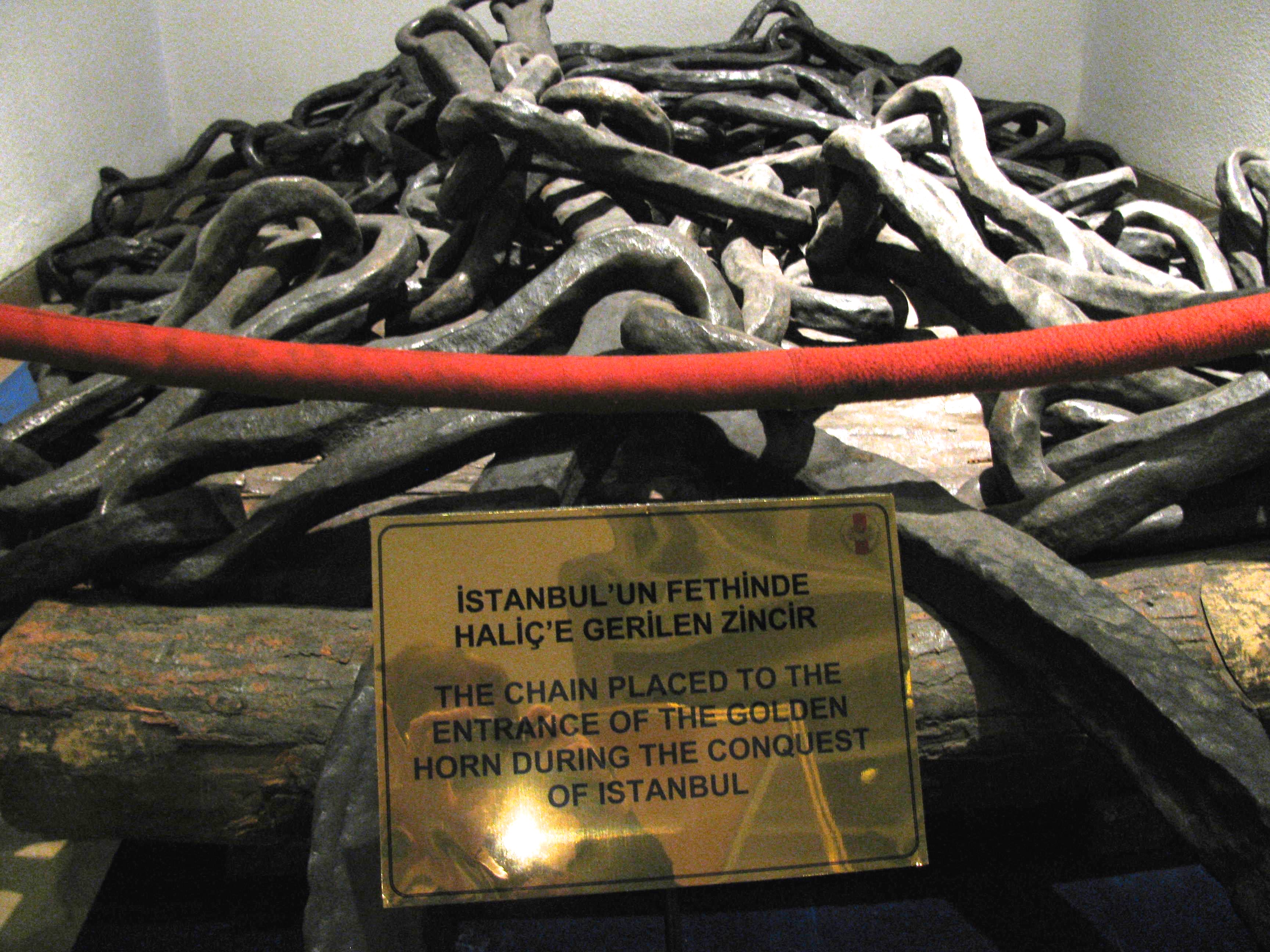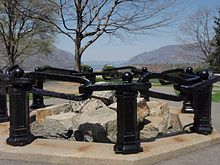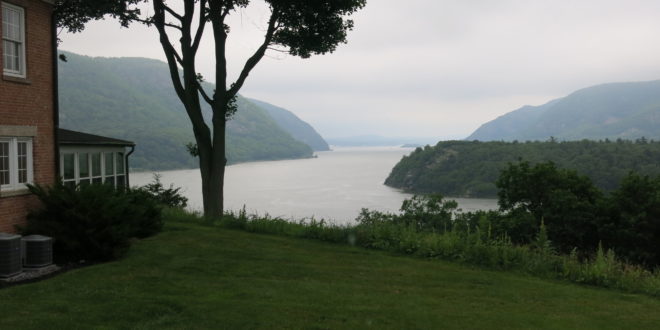I hadn’t heard about the chain trick before I moved to Turkey, but when I did, I thought it was a good one. Stretch a massive chain across a narrow waterway to keep invaders out. That is what the Byzantines did in Constantinople in the 1400s. The actual chain they used to block the Golden Horn can be viewed at the military museum. It did keep the Ottomans out—for a time. The invaders eventually decided to pull their ships up a nearby hill and down the other side into the Golden Horn, bypassing the chain altogether. The rest, as they say, is history.


This past weekend I was touring New York’s Hudson Valley with my son. At the Roosevelt home at Hyde Park, we ran into a couple of gentlemen who urged us to make a stop at West Point, further south. “The river curves in an unusual way there,” they told us. “And the Yankees ran a chain across it to keep the British out.”
The same technique employed over three hundred years later? The next day, we headed to West Point to take a look. The river there is indeed lovely and curving.

Both the Americans and British knew that passage on the Hudson River was strategically important to the Revolutionary war effort. Americans wanted to slow or block the passage of ships on the river, and then attack them with cannons.
In late 1776 Henry Wisner, one of New York’s representatives to the Continental Congress, recommended the placement of chains in strategic locations along the Hudson River. The Americans eventually put chains across the river at several existing forts.
The largest and most important chain project was the one at West Point. There, the river narrowed, and curved so sharply that, together with winds, tides and current, ships already had to slow to navigate the passage.
The Great Chain was completed by Sterling Iron Works and put in place in 1778. Cannons were installed in forts on both sides of the river to destroy ships when they slowed to a halt.
The 600 yards (550 m) chain contained huge iron links, each two feet in length and weighing 114 pounds (52 kg). The links were floated down the river to West Point on log rafts, and then the rafts holding chains were united.

On 30 April 1778, the chain was in place across the river. Its southern end was secured to a small cove on the West Bank of the river and its northern end was anchored to Constitution Island. The chain’s tension was frequently adjusted, and until 1783, the chain was removed each winter and reinstalled each spring to avoid destruction by ice.
Did the chain work? Nobody knows, because the British never attempted to run the chain!



